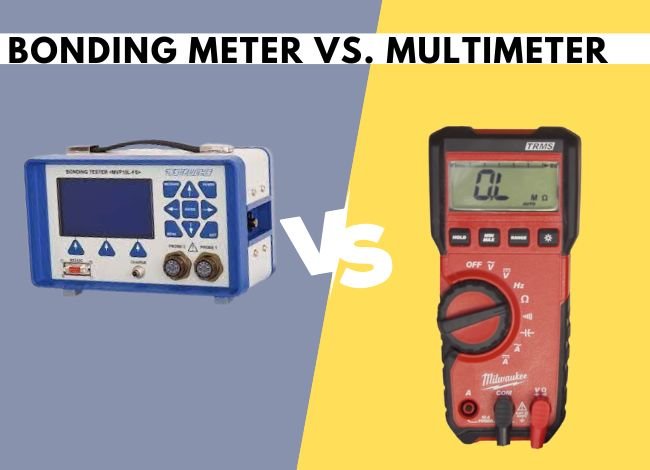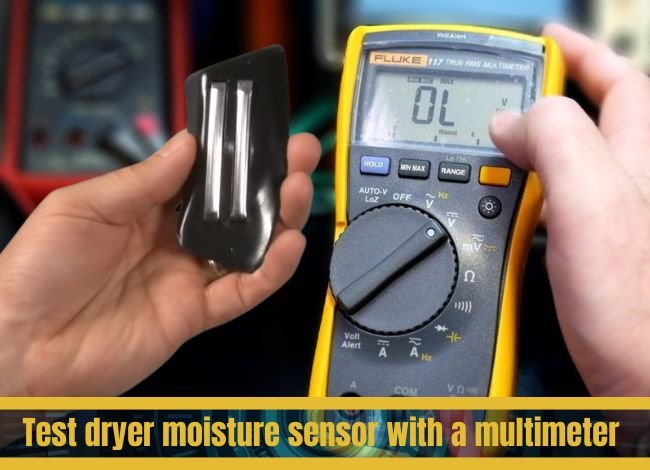Last Updated on December 5, 2022
Every electrician and engineer needs to have a multimeter for use at work. This tool may be helpful to electricians but it has to be interpreted well or else it will prove to be less helpful. New electricians and engineers find it very challenging to read and interpret the multimeter due to the labels and language on the meter being understandable by only a layman. One has to learn and know what every sign and label on the multimeter means. Failure to-do-so, it will mean that they are incapable of using the device. In this post, we have made things easier for beginners by showing them how to read the meter and interpret what the values on the device stand for.
Easy to Read Multimeter– KAIWEETS 6000
For Professional– Fluke 324
How to read the dial settings
- Test ac or dc voltage
Typically, V is a sign of voltage, a squiggly line shows alternating current and a straight or dashed line shows direct current. This line can appear close to or over the letter.
- Set the multimeter to measure current
Current is measured in amperes and thus it is abbreviated as “A”. Select direct or interchanging current, whichever the circuit you are testing is created for. Normally, analog multimeters do not have the power to test current.
- Identify the resistance setting
This is usually indicated by the Greek letter Ω. This sign sis used to show ohms, which is the unit utilized to test resistance. Some older designs use R for resistance.
- Make use of dc+ or dc-
In case your multimeter has this setting, then keep it on dc+. But if it fails to read, the dc+ and dc- maybe linked and adjust to dc- to rectify the issue.
- Know the other symbols
Besides the current, voltage, resistance, frequency and capacitance settings, the multimeter has several others symbols that a person should learn and know how to use them.
- Read the port labels
Usually, multimeters come with different ports. You should read them before placing the probes in them.
Reading an analog multimeter result
- Identify the ideal scale on an analog meter
Analog scale comes with a needle-like behind the glass window. It moves to indicate the results. Usually, there are three arcs printed behind the needle. These are three different scales and are: dc and ac for voltage, Ω for reading resistance and dB scale.
- Create a voltage scale reading with regard to your range
Read the voltage scale with regards to your range. It can be either on dc or ac.
- Approximate the value between numbers
Voltage scales on analog multimeter functions similar to an ordinary ruler. But the resistance scale is logarithmic, implying that the same distance stands for a different change in value depending on where you are on the scale.
- Multiply the resistance reading on an analog meter
Check the range setting that the dial of your multimeter is adjusted to. It should provide you a number to multiply the reading by.
- Unearth additional info on the DB scale
The decibel scale also abbreviated as “dB” is actually the lowest and smallest on an analog meter. It needs extra coaching to use it. The scale is a logarithmic scale measuring the voltage to ratio.
Use the multimeter to troubleshoot
Start by setting the range of the multimeter. If you have an auto-ranging multimeter, then, every mode has various settings to select from which are: voltage, current, and resistance. Choose the range that you want to troubleshoot prior to connecting the test leads to the circuit. Set the range above a higher value than the one you want to test.




